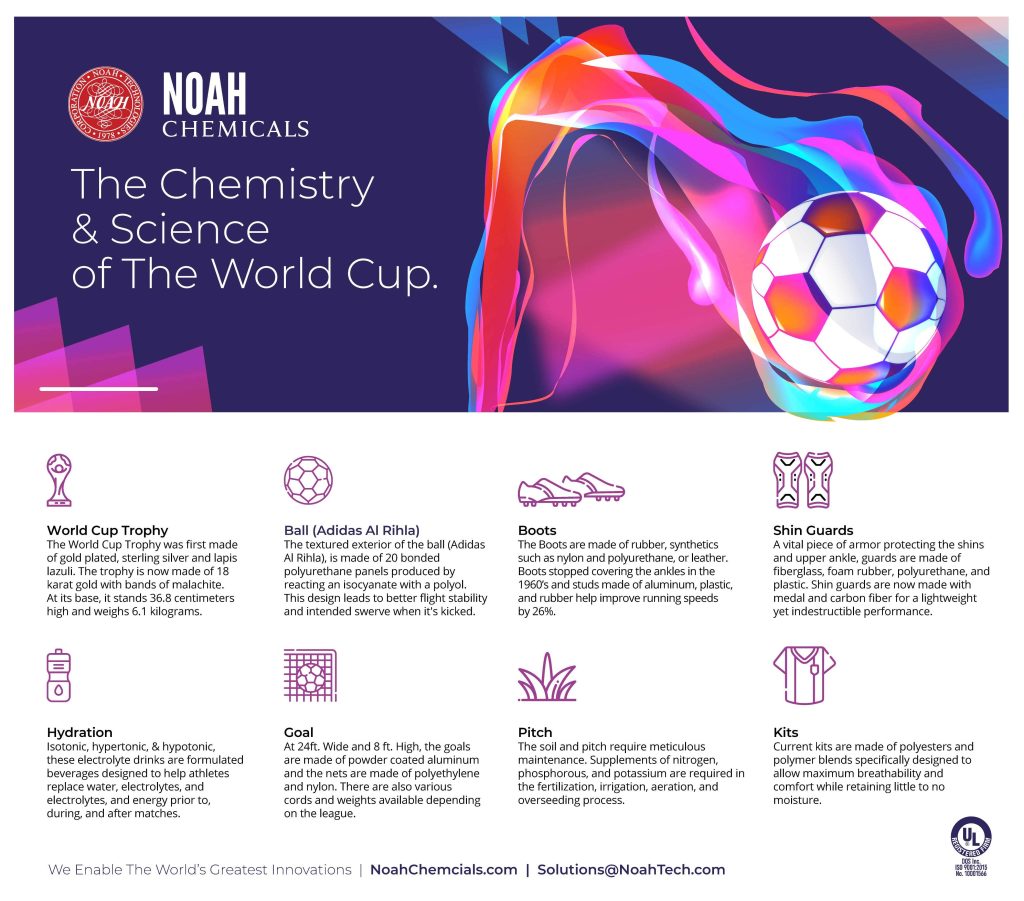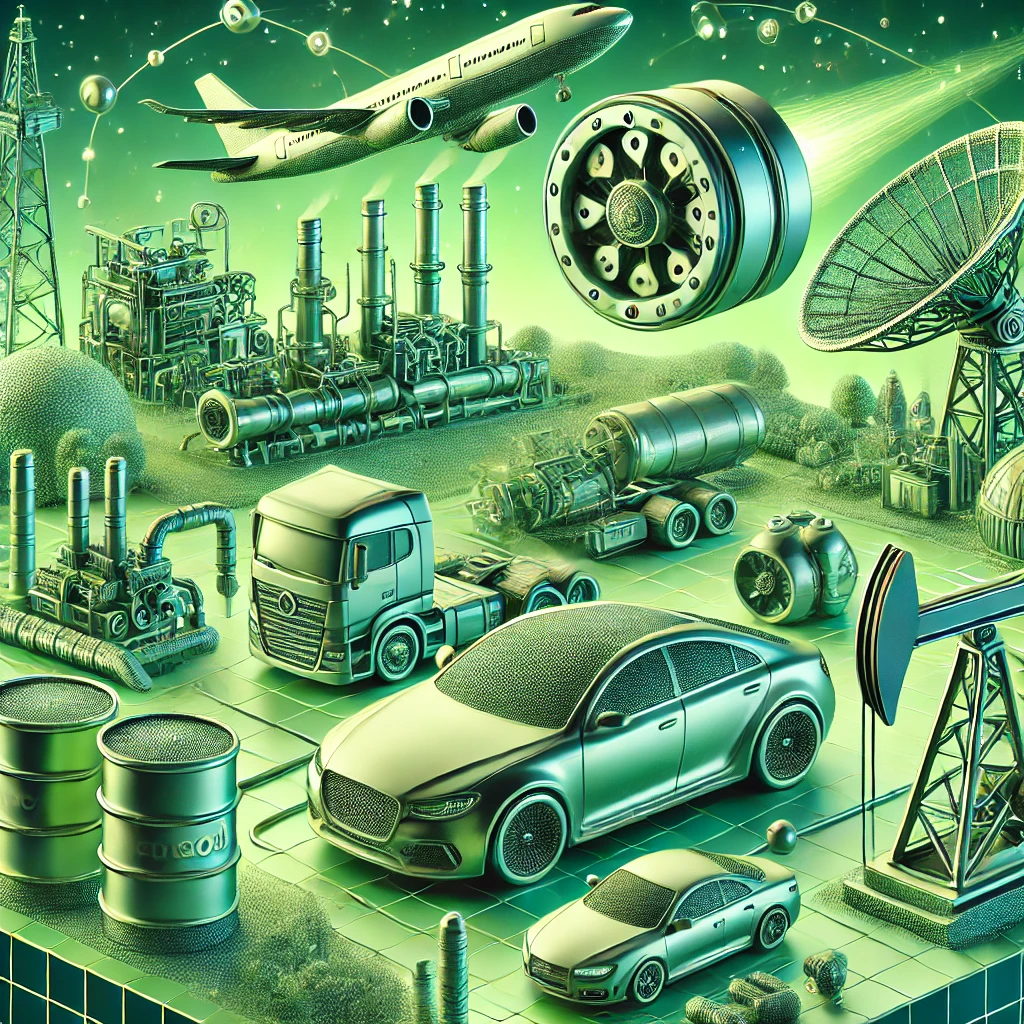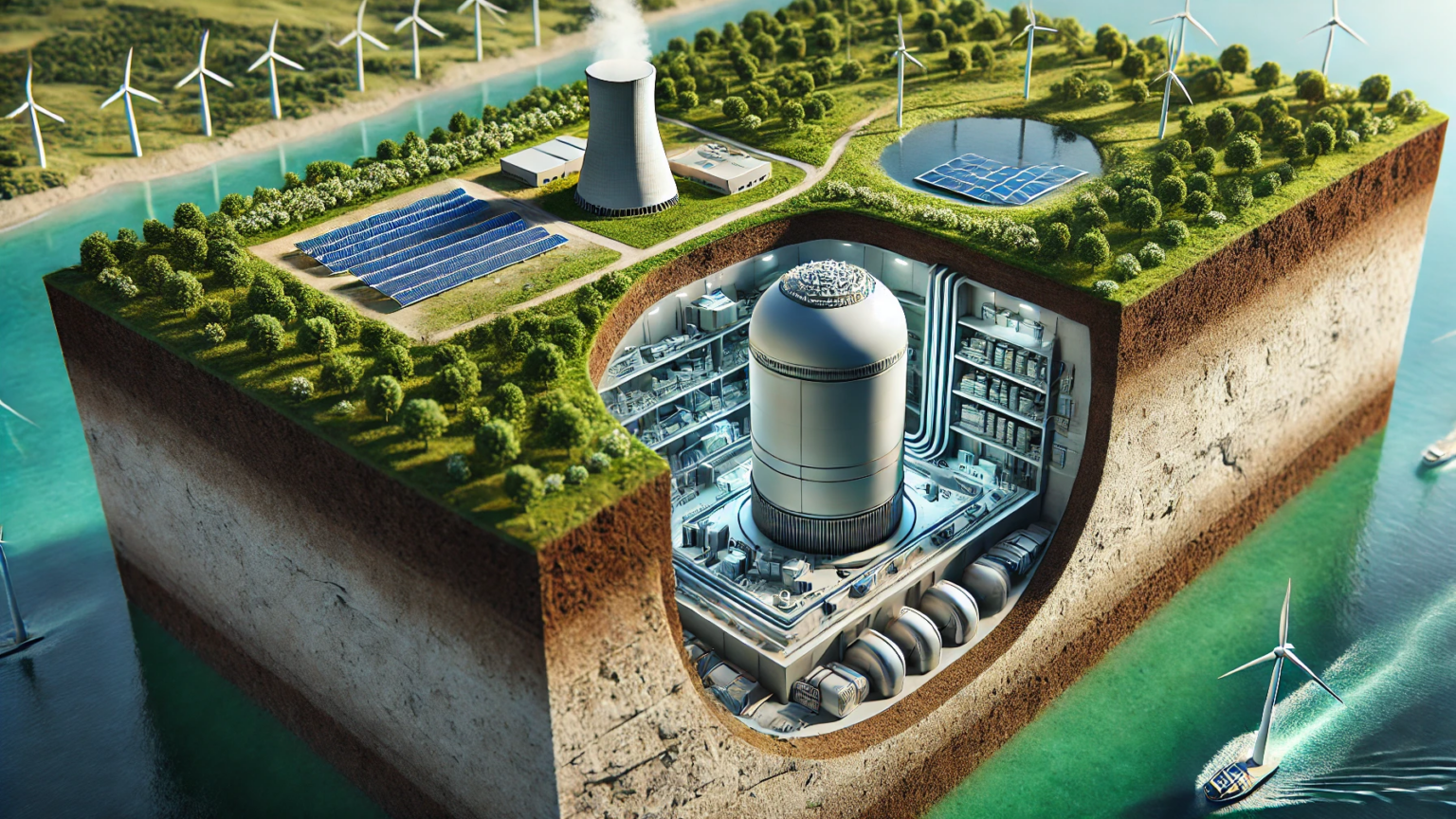Just about everything in the world created by humans has chemicals in them. Chemicals are used to innovate and create new opportunities in many industries, including the sports industry! As we enjoy watching this year’s 2022 FIFA World Cup in Qatar, we wanted to learn and appreciate the chemicals that are used to help make the equipment, jerseys, soccer balls, and tools that help make the sport of soccer safe, exciting, and ever evolving!
The World Cup Trophy
The World Cup is the most prestigious soccer tournament in the world, and the World Cup Trophy is the prize awarded to the winning team. The first World Cup Trophy was made of gold-plated sterling silver and lapis lazuli, and it was presented to the winning team of the inaugural World Cup in 1930. The current World Cup Trophy today, is made of 18 karat gold with bands of malachite, and it stands 36.8 centimeters tall. It weighs 6.1 kilograms and is worth approximately $20 million. The World Cup Trophy is one of the most valuable and coveted prizes in all of sports, and it is a symbol of excellence for the winning team.
Ball (Adidas Al Rihla)
The soccer ball (Adidas Al Rihla), is one of the most important pieces of equipment in the sport. It is also one of the most interesting objects in terms of its chemistry. The textured exterior of the ball is made of 20 bonded polyurethane panels. These panels are produced by reacting an isocyanate with a polyol. This design leads to better flight stability and intended swerve when it’s kicked. The soccer ball has come a long way since it was first invented in 1855. It has undergone many changes in its design and construction, all in an effort to improve performance on the field. With the help of advances in materials science, we can expect even more improvements in the future.
Boots
Boots, or cleats, have come a long way since they were first invented. Originally made of leather, or lace-ups they now come in a variety of materials including rubber, synthetics, and even metal. The earliest boots covered the entire ankle, but this changed in the 1960s when boots became shorter and more lightweight. Today, boots are designed to help players run faster and change direction more easily, with studs that can improve speed by up to 26%. Today, boots are made from a variety of materials, including rubber, synthetics, and even carbon fiber. Cleats are designed to provide both traction and support, and the latest models even offer features like energy-returning midsoles and built-in sockliners for the modern plater. In addition, boots have become an important part of a soccer player’s identity, with many players wearing boots that reflect their style and personality.
Shin Guards
Shin guards are a vital piece of armor that protect the shins and upper ankles of soccer players. They are made of a variety of materials, including fiberglass, foam rubber, polyurethane, and plastic. In recent years, shin guards have also been made with metal and carbon fiber in order to provide a lightweight yet indestructible performance. But what is the chemistry of shin guards?
Shin guards work by absorbing the impact of blows to the shin. The materials used in shin guards are designed to dissipate the force of the impact so that it doesn’t cause serious injury to the player. Fiberglass, for example, is a very strong material that can resist a lot of force. Foam rubber is also good at absorbing impacts and distributing the force evenly. Polyurethane is another popular material for shin guards because it is both strong and flexible. Finally, plastic is often used in shin guards because it is lightweight and inexpensive.
The development of shin guards has played a vital role in protecting soccer players from injuries. With the help of science and technology, shin guards have evolved from simple pieces of padding to sophisticated armor that can withstand even the most powerful kicks. As you watch the World Cup this year, take a moment to appreciate the chemistry that goes into keeping the players safe!
Goal
A goal is a structure used to score points in various sports. In soccer, the goal is typically 24 feet wide and 8 feet high. The strength and durability of the goal comes from the chemical composition of the materials. The goal is made of powder coated aluminum that provides a protective barrier against weather and wear. The net is made of polyethylene and nylon fibers that are tightly woven to form a net that is strong enough to withstand repeated use. There are also various cords and weights available depending on the league, and these help to keep the net in place during play. When all these elements are combined, they create a goal that is strong and durable enough to withstand the rigors of competitive play, especially during the World Cup.
Pitch
A soccer field, also known as a football pitch, is an equipment-intensive playing surface. The soccer pitch dimensions must meet FIFA standards for international soccer matches, such as the World Cup. A typical soccer field is between 100 and 130 yards long and 50 to 100 yards wide. The soccer pitch is marked with lines every 10 yards, and the halfway line divides the field in half. The center circle has a 10-yard radius. There are 2 penalty areas on each side of the soccer pitch, and each penalty area is 18 yards long. The soccer goal is 8 yards wide and 8 feet tall.
The soil and pitch of a soccer field requires meticulous maintenance. Supplements of nitrogen, phosphorous, and potassium are required in the fertilization, irrigation, aeration, and overseeding process. A properly fertilized and irrigated soccer pitch will have few divots or bare spots. The soccer field must be properly leveled so that there is sufficient drainage. Without proper drainage, standing water will accumulate on the soccer pitch and make the playing surface slick and dangerous. The height of the grass on a soccer pitch depends on the time of year and the climate. In general, the grass should be shorter in warmer months and longer in cooler months.
Sometimes chemicals are necessary to control weeds and pests. Herbicides may be used to kill unwanted plants, and insecticides may be used to kill pests that could damage the grass or spread disease. However, these chemicals must be used carefully so that they do not harm the environment or endanger the health of players and spectators. A healthy lawn helps to create a safe playing environment for all athletes involved in the game.
Kits
Kits, or jerseys, are an important part of any soccer player’s game and the World Cup is no exception. The kits are made of polyester or a polymer blend to allow for maximum breathability and comfort while retaining little to no moisture to keep the players cool and dry. The kit should also be lightweight and durable to withstand the rigors of the game. There are many different companies that produce soccer kits, and each company has their own unique blend of chemicals and materials that they use to produce their kits. Some companies use more synthetic materials, while others use more natural materials.
Hydration
When it comes to keeping athletes hydrated, especially during the World Cup, isotonic drinks are often the go-to choice. These drinks are designed to replace the water, electrolytes, and energy that are lost through sweat. They are also formulated to match the body’s own fluids, making them easily absorbed. While they are often used to prevent dehydration, they can also be consumed during or after exercise to help replenish lost fluids. For athletes competing in long or intense events, such as a marathon or in this case, the World Cup matches, isotonic drinks can be a vital part of maintaining peak performance.
Hypertonic drinks, on the other hand, have a higher concentration of sugar than the body’s fluids. This can make them more difficult to absorb, and as a result, they are not typically used for hydration. Instead, they are often consumed as a source of energy during prolonged exercise. For example, long-distance runners may drink a hypertonic sports drink during a race to help keep their energy levels up. However, because of the high sugar content, these drinks should be consumed in moderation.
Finally, hypotonic drinks have a lower concentration of sugar than the body’s fluids. Like isotonic drinks, they are easily absorbed and can be used for both hydration and energy replenishment. However, they are not as commonly used as isotonic or hypertonic drinks due to their somewhat bland taste.
No matter which type of drink you choose, proper hydration is essential for athletes of all levels. By replacing lost fluids and electrolytes, these drinks can help you maintain peak performance during competition. So next time you reach for a sports drink, remember to choose one that best meets your needs.
Do You Manufacture Sports Equipment or Sports Products?
Noah Chemicals manufactures inorganic and specialty chemicals for many industries. If you manufacture sports equipment, clothing, beverages or specialty items for the sports industry, our team of chemical experts can work with you to innovate your processes and materials so you are providing the best quality products to your end customers. For more information on how we can work together, please contact our Chemical Services team at (833) 662-NOAH. For quotes or inquiries on specific materials, you can contact our sales team at (888) 291-1186.





